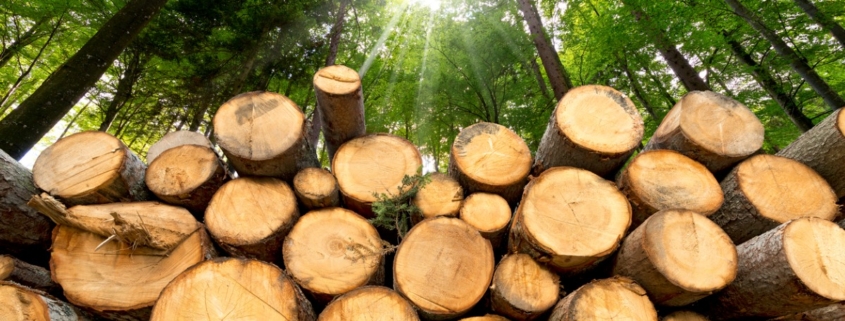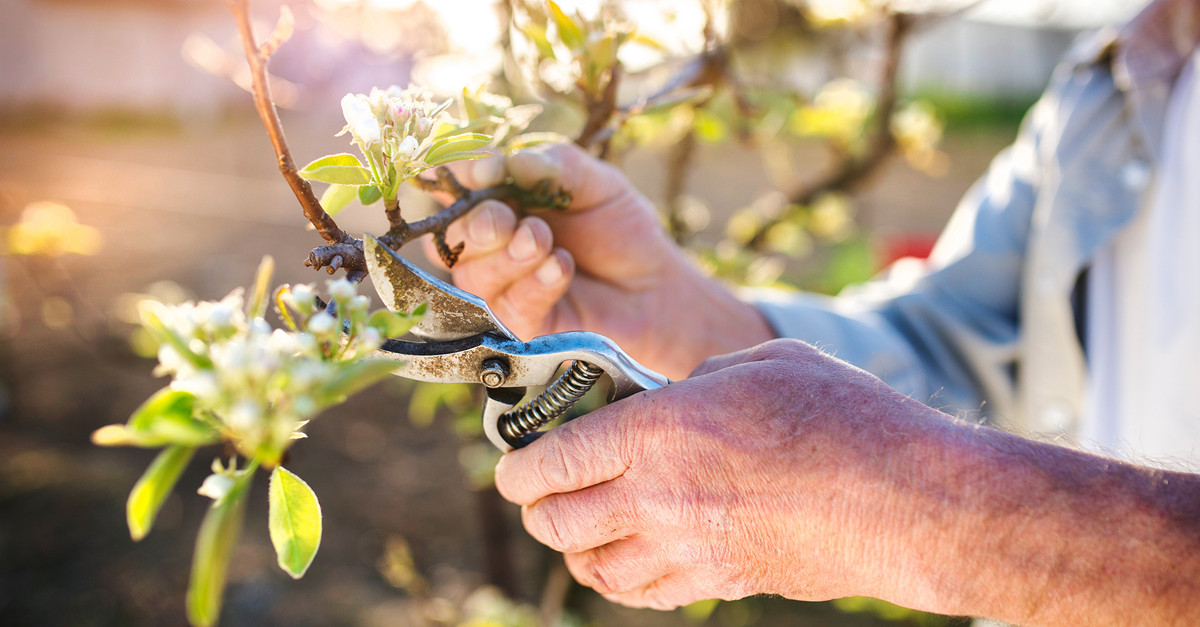The Fire is So Delightful: How to Cure and Stack the Best Wood
Once you’ve done your winter tree removal this season, you may be left with a handsome pile of more than kindling. And we all know there’s nothing like gathering around a fire pit or fireplace to warm the heart (and the toes) in the winter months. Winter is also a great time to prepare your woodpiles ahead of summer grill-outs, so here’s some guidance from our experts on how to properly cure and stack firewood for the most ideal flames.
Which Wood?
Density and dryness are the two factors you most want to consider when selecting the wood you’ll burn. Hardwoods such as Shagbark Hickory, Sugar Maple, and various oaks are considered to have high heat values, while softer woods like pines and Eastern Cottonwood won’t offer the same heat return on your investment.
Salvaged wood is a great way to keep the fires burning without burning up essential members of your local ecosystem, but avoid anything painted or varnished, plywood, particleboard, or compressed paper products, as they may produce hazardous fumes.
Doing the Splits
If you’re chopping wood yourself, there are a few important tips to keep in mind. The most surprising one (especially for Tin Man fans) may be that a regular ax is not the best tool for chopping wood. A splitting ax has a narrower, more lightweight head that will make the job much more efficient. Be sure that the blade is sharp, and that you always place the log you’re splitting on a chopping block rather than the ground.
Those who have a lot of wood (and a lot of time) may consider renting an electric or gas-powered log splitter, though those are quite noisy, slow, and may not provide the same lumberjack-style satisfaction of cutting your own.
Careful Seasoning
Since dryness is essential for a smooth-burning wood fire, be prepared not to burn your freshly-split firewood immediately. Common sources recommend 6-18 months of drying time for firewood, though that timeline may not take into account your local humidity, the density of the wood, or how dead the wood was when you began cutting it up.
Unsure whether your wood is dry enough? Small cracks from the center to the barkline, a darkened or faded color, loose bark edges, and even the wood’s scent can all be clues about its moisture content. Smaller pieces will also always dry faster, so keep that in mind when you start cutting.
Stacking with Style
Regardless of how and when your firewood is chopped (or, even if it’s purchased elsewhere), stack your firewood as quickly as possible. This will allow for air circulation that helps to prevent mold from forming in tiny nooks and crannies. A quality cover (which can include a basic tarp) will also keep rain or snow from soaking your stack.
There are several stacking styles you may choose from, including the German, Shaker, and Holzhous method. The stacking pattern you choose may depend on the area of space you have available, and how much sun exposure the area gets, but always be sure to keep your wood off the ground to prevent moisture seepage and termite infestations. You’ll also want to stack the bulk of your firewood away from your home, as unwanted rodents, insects, and even snakes may find it a cozy place to settle in.
If you’re considering a new tree to cut, are pruning back for a healthy growth season, or want advice on what to plant for future firewood, Premier Tree Solutions is eager to provide expert assistance at every stage. Contact us online for an assessment or call us at (404) 252-6448 with your questions.










